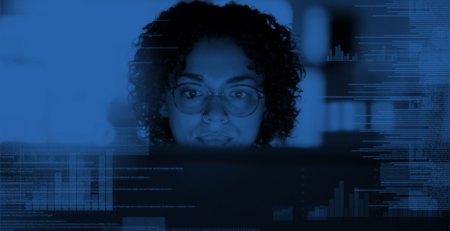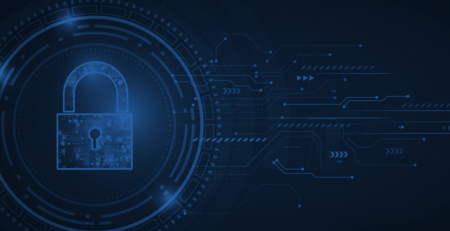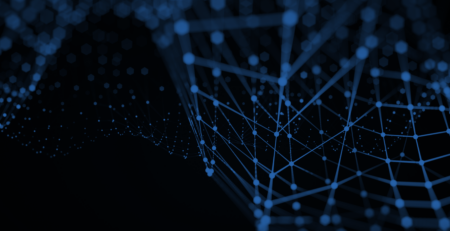A Sea of Difference: How Cognitive Bias Impacts OSINT
Fishing for the Right Results
Question: What do ten different fishermen that go out to catch fish—have in common with ten different open-source intelligence (OSINT) researchers seeking information on the same topic?
The answer is: They all end up catching different results!
Why?
In fishing, it depends on the experience of the person fishing, the equipment each uses (fly fishing rod, spin fishing rod, surf fishing rod, or a net; type of bait, etc.), where they fish (deep-sea fishing, versus a lake, or river), and what fish they decide to keep and what to throw back. Ten fishermen that set out to catch fish will all come back with different catches.
The same holds true for OSINT researchers.
If you ask ten OSINT researchers to collect data on crime in Washington, D.C., guess what? You will get back ten completely different sets of data.
This is because of the inherent biases of each researcher. Their vernacular (words they use, language, etc.) is unique to their education level, background, and many other factors. This impacts the types of words they use to search. The geographic location they search also impacts the results; a search for crime in DC versus a search for crime in a specific area (SW, NW, SE, NE) or neighborhood may very likely produce different results. What tools each researcher uses also impacts their search—browser type, search engine, social media platforms versus academic papers, and so on. Finally, what results the researcher selects to keep and what results they throw back into the virtual sea of information impacts the outcome.
OSINT researchers start out with inherent sets of bias, sometimes without even knowing it. A bias in research is any trend or deviation from the truth in data collection, analysis, or interpretation that can cause false conclusions.
It is important to understand what bias is and how it can impact your OSINT results. If you are conducting research for a court case and will present the information in court, the bias and accuracy of the results can come into question.
There are a variety of cognitive bias that can affect the results that an OSINT researcher gets when researching a subject online. Let’s dive into what cognitive bias is, learn about three types of cognitive bias, and then learn what OSINT researchers can do to minimize bias when conducting research.
What is Cognitive Bias?
A cognitive bias is a type of error in thinking that occurs when people allow their judgements to be influenced by their own personal beliefs, preferences, or feelings. Some researchers consider cognitive biases to be “errors in judgement” when people deviate from logical thinking. Instead of using logic to make decisions during the research and analysis process, people come up with information processing rules, or mental shortcuts call heuristics, that the brain uses to make judgments or produce decisions. Cognitive bias can cause an OSINT researcher to take these mental shortcuts, which result in skewed or inaccurate analysis results.
For example, if you have a preconceived idea about a person that you are researching, without realizing this, your initial assessment of the person may change the types of search words you use, the types of data you view, and ultimately how you analyze your search results. So, rather than analyzing the complete data set available online—researchers may inadvertently pick data to confirm results to suit our original belief about the person or topic you are researching.
Confirmation Bias
One type of cognitive bias is called a confirmation bias. A confirmation bias is when someone tends to seek out information that matches their pre-existing beliefs. So, taking the example from above, what if you are performing OSINT research for a criminal case on a specific person or group of people? Do you have pre-conceived ideas about who these people are and whether they have committed a crime? If so, how will that affect the search terms that you use, the online sources that you choose, and the way you analyze the results? If there is a confirmation bias at play, you may only seek out information that supports your pre-existing belief about these people. At that point you may have a conclusion that is not based on all the facts, but only a limited subset of information.
Availability Bias
Another type of cognitive bias is an availability bias. An availability bias describes our tendency to focus on a conclusion merely because of the overabundance of information available to support that conclusion. So, if there is a plethora of data online to support a theory, does that mean the theory is correct—or just that there is a lot of readily available information to support it? For example, imagine you’re an OSINT researcher reading about a large fire in a city. There is a lot of social media activity online reacting to the disaster and theories about how it was started. Just because there is a great availability of information and theories does not mean they are correct. Relevant eye-witness accounts about the fire may be buried amidst the popular theories.
Law of Instrument Bias
Many OSINT researchers have an over-reliance on tools that they prefer or tools that are familiar to them. This is called the law of instrument bias. It is understandable that a person wants to use tools that they are comfortable with. However, popular sites and platforms are ever evolving online. For example, if someone is researching on social media platforms, and they always rely on Twitter, Facebook, and Instagram, their results will always be limited to those three sources. Instead, why not add others like YouTube, or evolving platforms such as Discord?
How to Minimize Cognitive Bias When Conducting OSINT Research
In your quest for balanced and bias-free OSINT search results, keep in mind these tips to successfully minimize cognitive bias:
- Have a team of researchers: If possible, build a diverse team of researchers to complete the OSINT research task. Each will bring to the table different experience, knowledge, and perspectives. If this is not possible, have a peer or peers review your OSINT research results.
- Write down your hypothesis and consider opposing views: Write down your hypothesis before researching. When you find results that support your original ideas or theories, then try to ascertain if there is contrary evidence that you overlooked due to your confirmation bias.
- Use a variety of technical sources and search engines when researching: Are you only using Google? How about DuckDuckGo? Are you limiting yourself to one channel of social media research or are you open to a variety of platforms, both popular and emerging.
- Seek out support from OSINT research experts: Ask our skilled researchers at Ntrepid for best practices, tips, and techniques. You don’t have to go it alone. Ntrepid boasts not only a variety of managed attribution platforms and data collection applications to help you in your quest, but a bevy of best-in-class researchers with decades of experience.
For more information about Ntrepid platforms and in-house expertise, go to: www.ntrepidcorp.com









